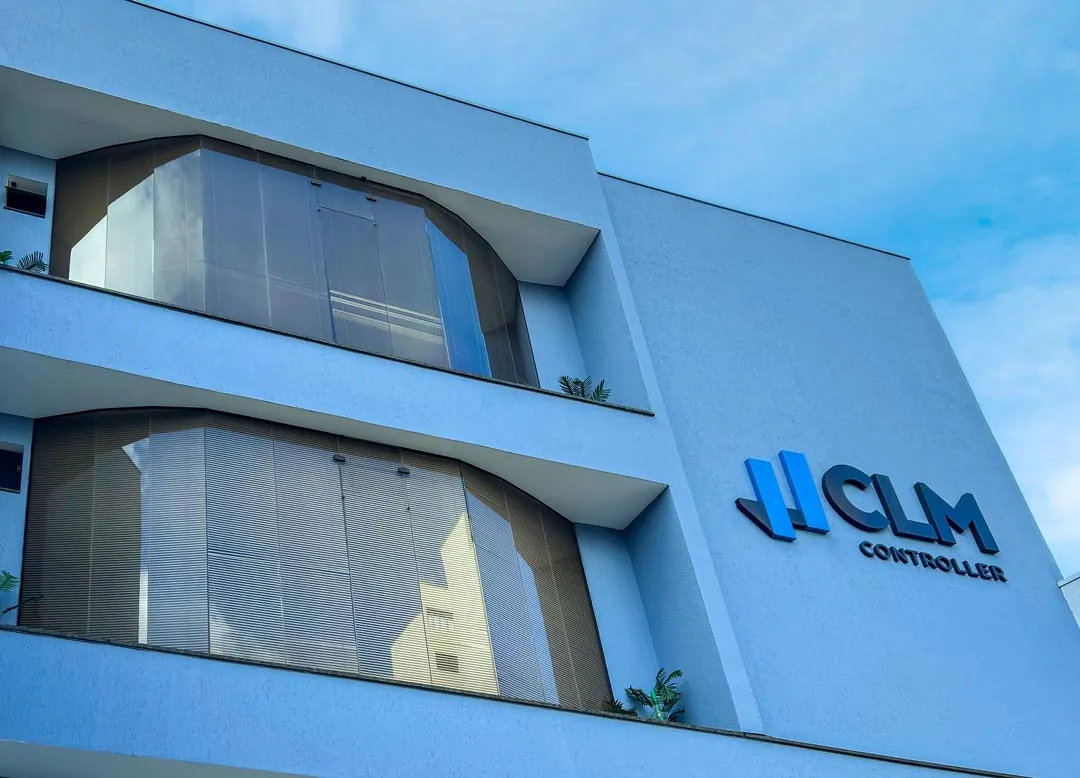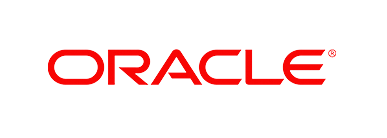If you're an entrepreneur and you're looking for the ideal tax regime for your company, you've certainly come across Real Profit. Real Profit.
This model is one of the main tax regimes in Brazil And although it is mandatory for some companies, it can be a strategic choice for others, depending on the volume of turnover and the characteristics of the business.
In this article, we're going to cover everything you need to know about Real Profit, including tax rates, how it's calculated, who can opt for Real Profit, its advantages and disadvantages.
In addition, we will explain how to calculate the Real Profit, the tax errors and when it can be advantageous even for micro-enterprises.
What is Real Profit?
O Real Profit is a tax regime where the taxes owed by the company are calculated on the basis of net accounting profit adjusted by additions, exclusions and offsets provided for in tax legislation.
Therefore, the amount of taxes reflects the company's financial reality, considering the actual results for the period.
This regime is ideal for companies that have high operating expenses or operate in markets subject to profit fluctuations, since taxes are calculated in proportion to the actual profit obtained, rather than on a fixed basis.
Who can opt for Real Profit?
O Real Profit is mandatory for some categories of companies and optional for others. Let's take a closer look at who can adopt this system:
Companies obliged to Real Profit
Companies that, by law, have to adopt Real Profit include:
- Those with an annual turnover of more than R$ 78 million (considering the previous year).
- Financial institutions, such as banks, insurance companies and consortium administrators.
- Companies that have income from profits or earnings abroad.
- Businesses that carry out oil and natural gas exploration activities.
Companies that can adopt Real Profit by choice
Any company that is not obliged to do so can opt for Real Profit.
It can be advantageous for companies with low profit margins or high operating costs, as the system allows them to offset expenses directly when calculating taxable income.
Advantages of Real Profit
Companies that opt for the Real Profit system can take advantage of various benefits, such as:
1. taxation adjusted to reality: Taxes are calculated on the basis of actual profit, which means that companies with low profits pay less tax.
2. Loss compensation: Tax losses can be offset against future profits, reducing the basis for calculating Corporate Income Tax (IRPJ).
3. tax deductions: Operating and financial expenses can be deducted, reducing the tax burden.
4. Greater financial control: Because it requires detailed accounting, Lucro Real promotes more rigorous and transparent management of finances.
Disadvantages of Presumed Profit compared to Real Profit
Although Presumed Profit is a simplified system, it is not always the best option, especially for companies with low profit margins.
In Presumed Profit, the calculation basis is fixed, regardless of actual profit, which can lead to higher tax payments in scenarios of low profitability.
O Real Profiton the other hand, adjusts the taxation for service providersThis makes it more flexible and advantageous for businesses with high costs or variable profits.
How to calculate the Real Profit?
The calculation of Real Profit involves three stages:
1.Determine accounting net income: This figure is based on the company's accounts, taking into account income and expenses for the period.
2. applying tax adjustments: The legislation provides for additions (amounts that increase the tax base, such as non-deductible expenses) and exclusions (amounts that reduce the tax base, such as tax losses).
3. calculating taxes: After the adjustments, the IRPJ and CSLL rates are applied to the adjusted profit.
Real Profit Rates
- IRPJ (Corporate Income Tax): 15% on adjusted net profit, with an additional 10% on quarterly profits in excess of R$ 60,000.
- CSLL (Social Contribution on Net Profit): 9% on adjusted net profit.
For example, if a company made an adjusted net profit of R$ 100,000 in the quarter, it would pay:
- IRPJ: R$ 15,000 (15%) + R$ 4,000 (10% on the surplus of R$ 60,000).
- CSLL: R$ 9,000 (9%).
Total IRPJ and CSLL: R$ 28.000,00
Is Real Profit advantageous for micro-enterprises?
Although Real Profit is more commonly associated with large companies, it can be advantageous for micro-enterprises in specific situations, such as:
- Businesses with very low profit margins: Lucro Real adjusts taxation to the financial reality, while Simples Nacional or Lucro Presumido can result in a higher tax burden.
- Companies with high operating costs: Under Real Profit, these expenses can be deducted, reducing the tax base.
For micro-enterprises, the feasibility analysis must be carried out carefully, taking into account the particularities of the business.
Common tax mistakes in Real Profit
Companies that opt for the Real Profit system need to pay extra attention to avoid tax mistakes, which can lead to fines and complications with the tax authorities. The main errors include:
- Incorrect recording of expenses: Only deductible operating expenses can be deducted, according to the law.
- Late delivery of ancillary obligations: In Real Profit, the company must comply with a series of tax requirements, such as the ECF (Tax Accounting Bookkeeping).
- Lack of accounting control: Accounting needs to be detailed and accurate, as it serves as the basis for calculating taxes.
How can a company be classified as Real Profit?
In order to adopt the Real Profit system, it is necessary to file a tax return with the Internal Revenue Service (Receita Federal). the support of a specialized accounting consultancy. The process involves:
- Define the tax regime at the time of opening the company or during the period allowed for change (usually at the beginning of the calendar year).
- Implement complete and detailed accounting, meeting the requirements of the regime.
- Ensuring compliance with ancillary obligations, such as the periodic submission of tax returns.
Can I switch from Real Profit to another taxation system?
Yes, it is possible to switch from Real Profit to another tax regime, such as Simples Nacional or Presumed Profit, as long as the company meets the eligibility criteria of the new regime.
However, the change can only be made at the start of a new calendar year, and detailed tax planning is required to avoid tax complications.
Real Profit: accessory obligations
Companies that opt for the Real Profit system need to comply with a series of ancillary obligations that go beyond the calculation and payment of taxes.
These requirements are fundamental to maintaining compliance with tax legislation and avoiding penalties.
Main accessory obligations:
Digital Bookkeeping (ECD): It is one of the main obligations for Real Profit companies. The ECD replaces traditional accounting books and must contain detailed information on the company's financial operations.
Tax Accounting Bookkeeping (ECF): Mandatory for all companies that calculate the IRPJ using the Real Profit method, the ECF presents the tax and accounting data used to calculate the Real Profit.
DCTF (Declaration of Federal Tax Debts and Credits): Monthly statement that reports the taxes assessed and paid, such as IRPJ, CSLL, PIS and COFINS.
SPED fiscal: Digital record containing information on ICMS, IPI and other indirect taxes.
Keeping accessory obligations up to date not only avoids fines and penalties, but also demonstrates fiscal transparency, which can be crucial for a company's credibility.
Real Profit and tax planning
Tax planning is essential for Real Profit companies.
Due to the complexity of the regime, well-structured planning can generate significant savings and avoid the incidence of unnecessary taxes.
Tax planning strategies:
Taking advantage of tax deductions: Operating expenses, interest on equity and other incentives can be used to reduce the IRPJ and CSLL calculation basis.
Offsetting tax losses: Real Profit companies can offset losses from previous years, reducing the taxes owed.
Efficient cost management: Identifying and controlling costs allows for a more accurate calculation of net profit and avoids overpayment of taxes.
Choose between quarterly or annual calculation: Assessing the best periodicity of calculation can bring advantages, depending on the seasonality and cash flow of the company.
Real Profit: risks and precautions
Although Real Profit offers advantages, it also presents risks if not managed correctly. The complexity of the system requires attention to several aspects.
Main risks:
Fines for delays in accessory obligations:
- Failure to meet deadlines can result in high penalties.
Incorrect calculation of taxes:
- Errors in calculating adjusted net income can result in tax assessments.
Lack of accounting follow-up:
- The absence of a specialized accountant increases the risk of tax problems.
Impact of cash flow:
- Paying quarterly or monthly taxes requires financial planning to avoid liquidity problems.
How to minimize risks:
- Implementing accounting and financial management systems;
- Rely on specialized advice to avoid tax mistakes;
- Carry out periodic audits to ensure compliance.
How CLM Controller Accounting can help your company
Choosing the ideal tax regime, such as Lucro Real, is a strategic decision that requires technical knowledge and a detailed analysis of the characteristics of the business.
With the advice of CLM Controller Accountingyou will have full support for:
- Evaluate the advantages of Real Profit for your company.
- Avoiding tax errors and ensuring compliance with legislation.
- Implement efficient and accurate accounting.
- Identify opportunities to pay less tax legally.
Contact us to schedule a consultation and find out how we can help your company grow safely and tax-efficiently!









